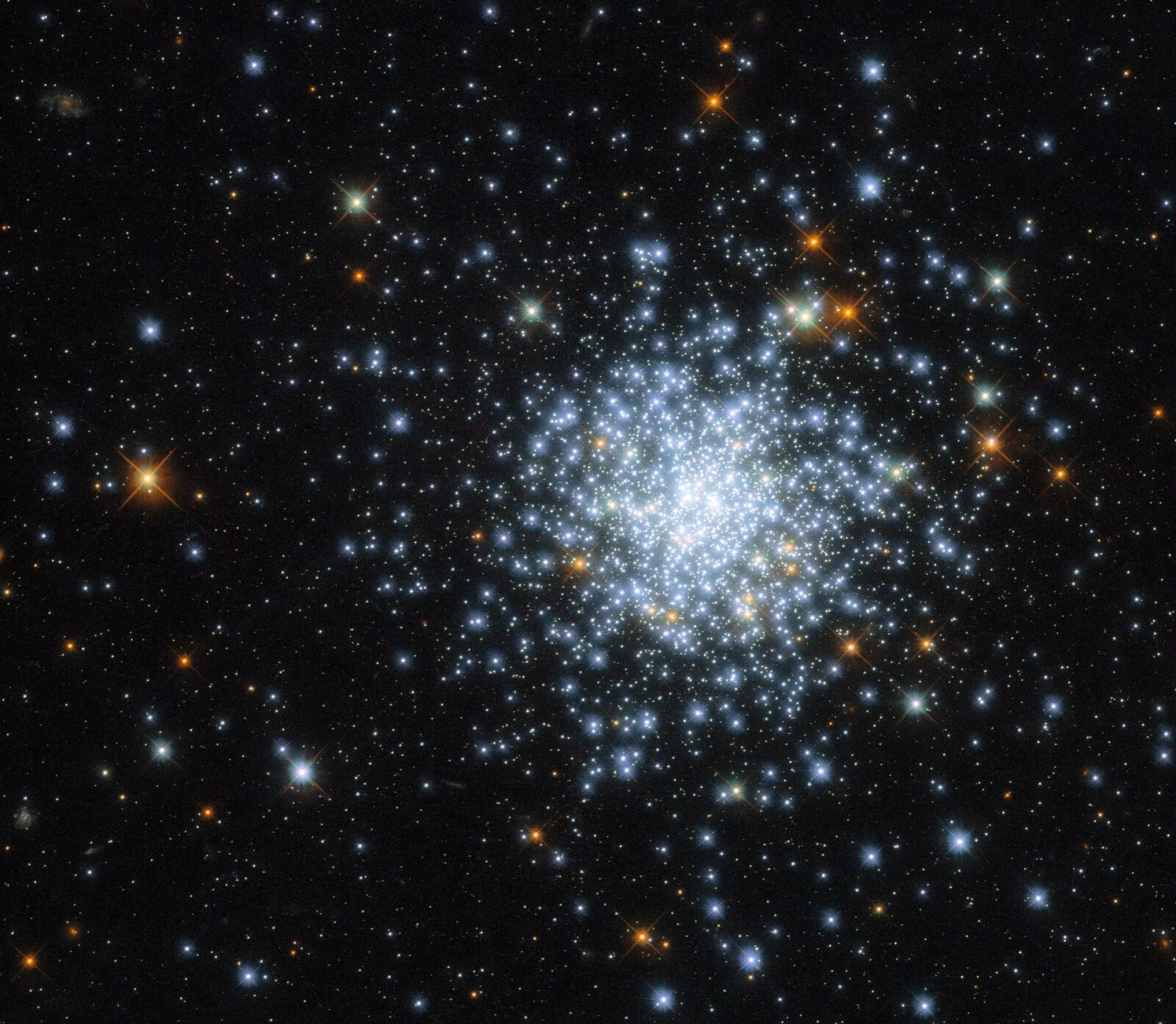Open clusters are a loose grouping of stars formed from the same giant molecular cloud. All the stars inside an open cluster are around the same age, while one group ranges from a few tens to a few thousand stars.
The name “open cluster” stands for the easy access experts have to these sorts of star groups. Scientists can view stars in an open cluster via a telescope, granting them access for further studies. For example, the Hyades and Pleiades open star clusters can be seen with the naked eye.
As mentioned above, the origin of these star groups comes from one giant molecular cloud. However, that doesn’t mean they stay the same forever. Due to their open and diffuse structure, such open clusters are unstable. Therefore, stars from the loose grouping might disperse. However, it usually happens in time, after a few million years.
Open clusters exist in spiral and irregular galaxies only. Since elliptical galaxies can’t form new stars, open clusters can’t survive there for long. Back in 1826, astronomer James Dunlop found a young cluster named NGC 2164. This group of stars is part of the southern constellation of Dorado.
According to Hubble, this loose young group of stars lives in the Large Magellanic Cloud, a satellite galaxy close to the Milky Way. The satellite galaxy is just 160,000 light-years away from our planet, and its size is not very impressive. Why is it considered a satellite then? The Large Magellanic Cloud is gravitationally bound to the large spiral galaxy.
“In fact, the Large Magellanic cloud is on a very slow collision course with the Milky Way — it’s predicted that they will collide 2.4 billion years from now,” they added.
Despite its relatively small size, the Large Magellanic Cloud is the home for billions of stars. Although it contains about one hundredth as much mass as the Milky Way, the number of stars it contains is impressive.
“NGC 2164 is in good company in the Large Magellanic Cloud — the satellite galaxy is home to roughly 700 open clusters, alongside about 60 globular clusters,” they said.

























Leave a Reply